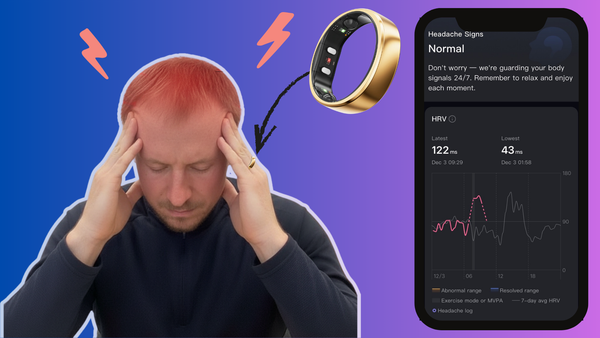🏠 Ultrahuman Home – The Ideal Companion for the 💍 Ultrahuman Air Smart Ring? [Review]
Ultrahuman Home is a smart device designed to monitor indoor environmental quality. It measures CO₂, dust, noise, and light, and works in synergy with the Ultrahuman Air ring. In this article, I share my testing experience and real-life examples of using it at home.
![🏠 Ultrahuman Home – The Ideal Companion for the 💍 Ultrahuman Air Smart Ring? [Review]](/content/images/size/w1200/2025/06/Ultrahuman-Home-review.png)
Over a month ago, I got the chance to test the Ultrahuman Home. It’s a smart device designed to monitor the quality of your indoor environment (light, air, noise, etc.). What makes it particularly interesting is that this compact device works in synergy with the Ultrahuman Air smart ring.
I’ve already covered the unboxing and my first impressions here:
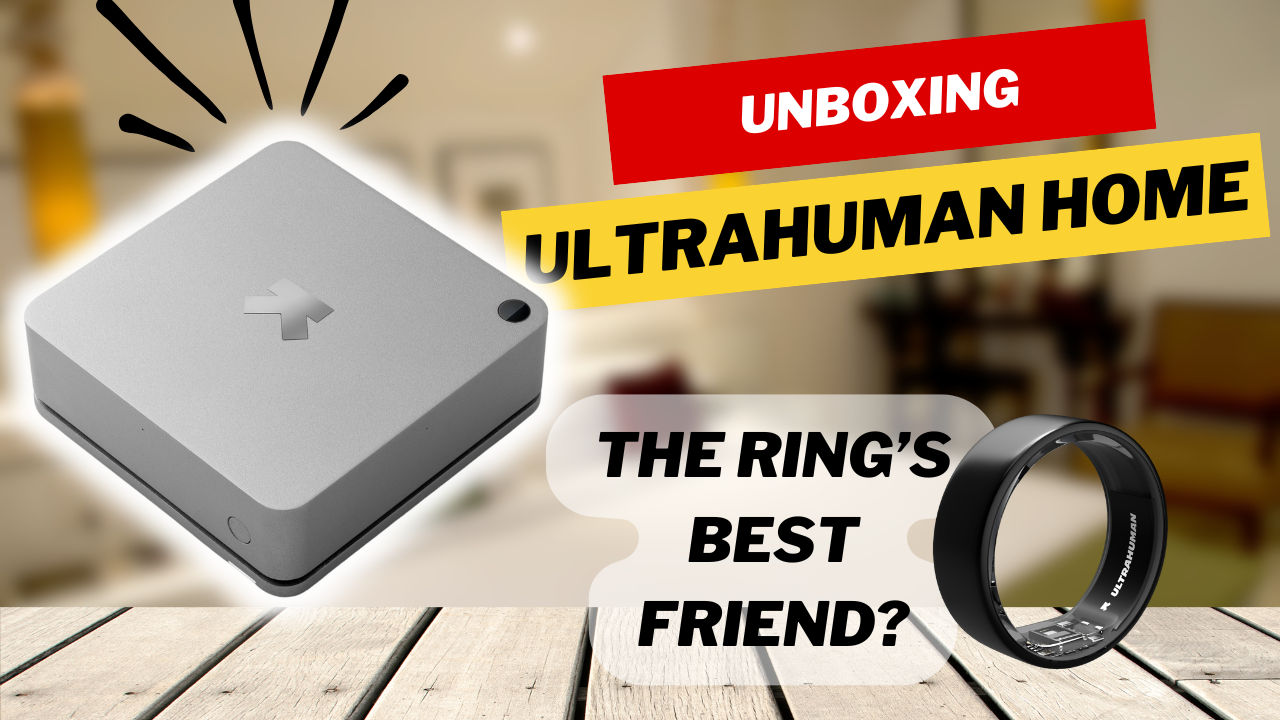
In this article, we’ll take a comprehensive look at:
- the device’s hardware,
- the software, meaning how Ultrahuman Home integrates within the Ultrahuman app,
- the specific insights I’ve gained thanks to UH Home,
- what the future might hold,
- and my final verdict.
Let’s dive in 💥
🏠 Hardware
Ultrahuman Home looks like a small Wi-Fi router—or even better, a miniaturized Mac Mini. It features an anodized aluminum body, clean lines, and rounded corners. Its dimensions are 12 × 12 × 4.7 cm and it weighs 540 g.
Key sensors that power the device’s functionality include:
- 🫁 Air quality sensors (VOC, CO, CO₂, HCHO) – These track whether you’re breathing in a chemical cocktail at home. VOCs come from cleaning agents, formaldehyde (HCHO) is released from new furniture, CO₂ indicates stale air, and CO is a toxic gas often produced by combustion.
- 🔸 Particulate matter sensor (PM1.0, PM2.5, PM10) – Monitors tiny dust particles, pollen, and smog in the air. PM2.5, for instance, refers to particles smaller than 2.5 microns—about 30 times thinner than a human hair. These often come from sources like car exhaust, fireplaces, or cooking and can penetrate deep into the lungs and bloodstream, contributing to respiratory and cardiovascular issues. It’s especially useful for allergy sufferers—the device can detect poor air quality even when it’s not visibly apparent.
- 🌡️ Temperature and humidity sensors – Monitor whether your home is too hot or too dry, which can impact sleep, breathing, and overall air quality.
- 💡 Light sensors (including blue and UV light) – Track how much light is in the room and what kind. Blue light in the evening can interfere with sleep, while UV light affects vitamin D production.
- 🎤 Microphone for noise detection – Measures how loud your environment is. Useful for identifying nighttime disturbances like snoring, traffic, or a barking dog.
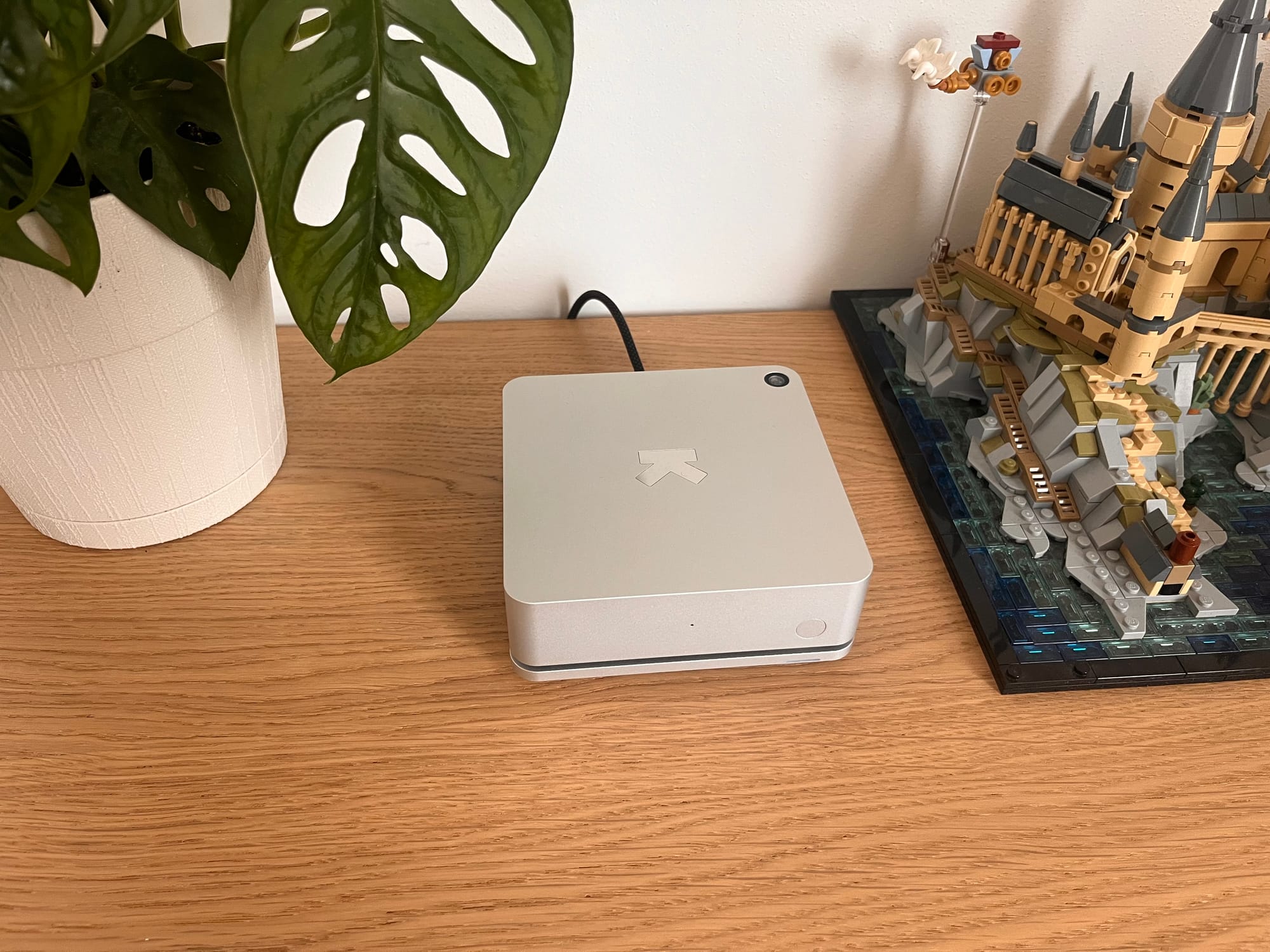
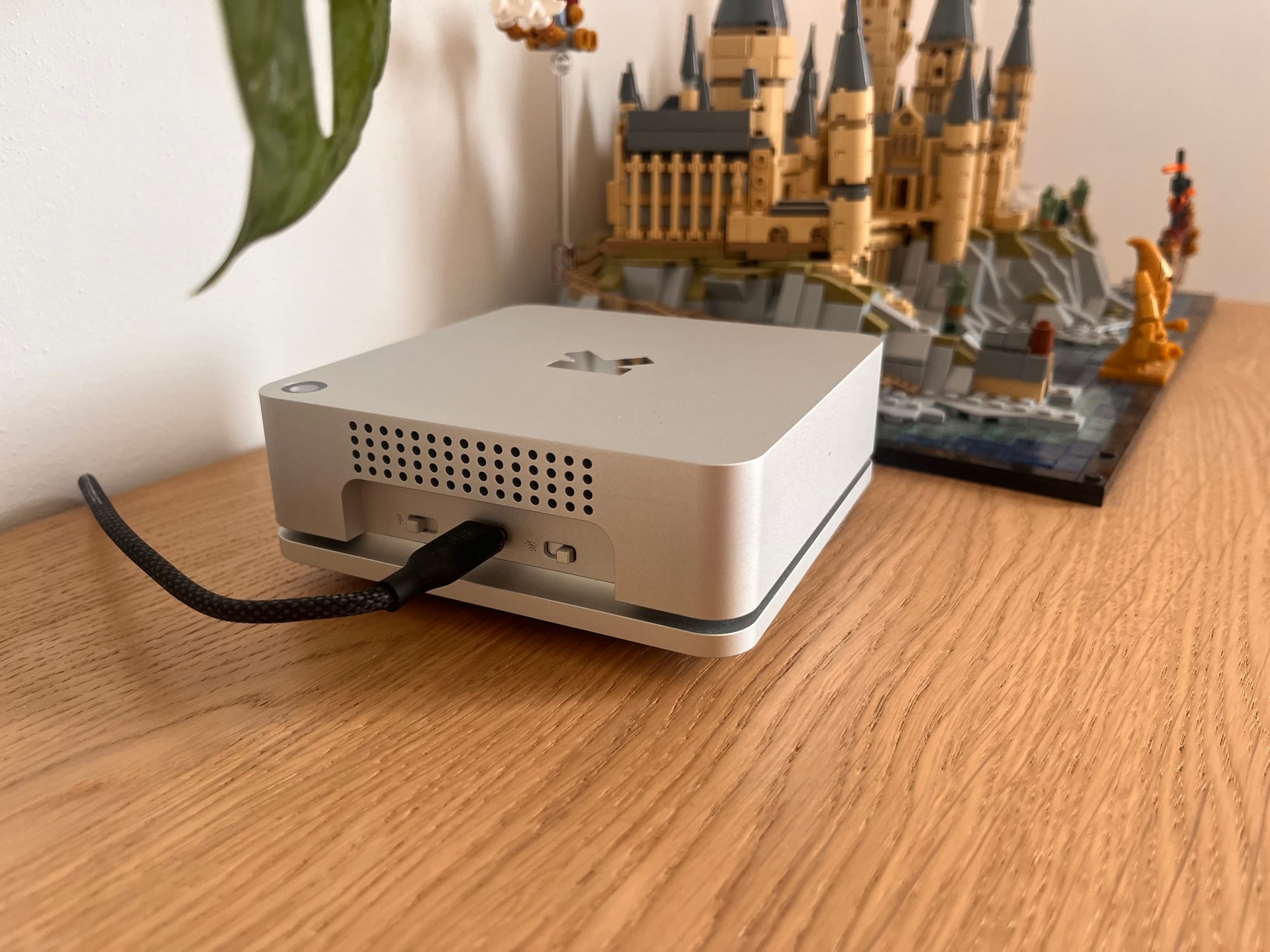
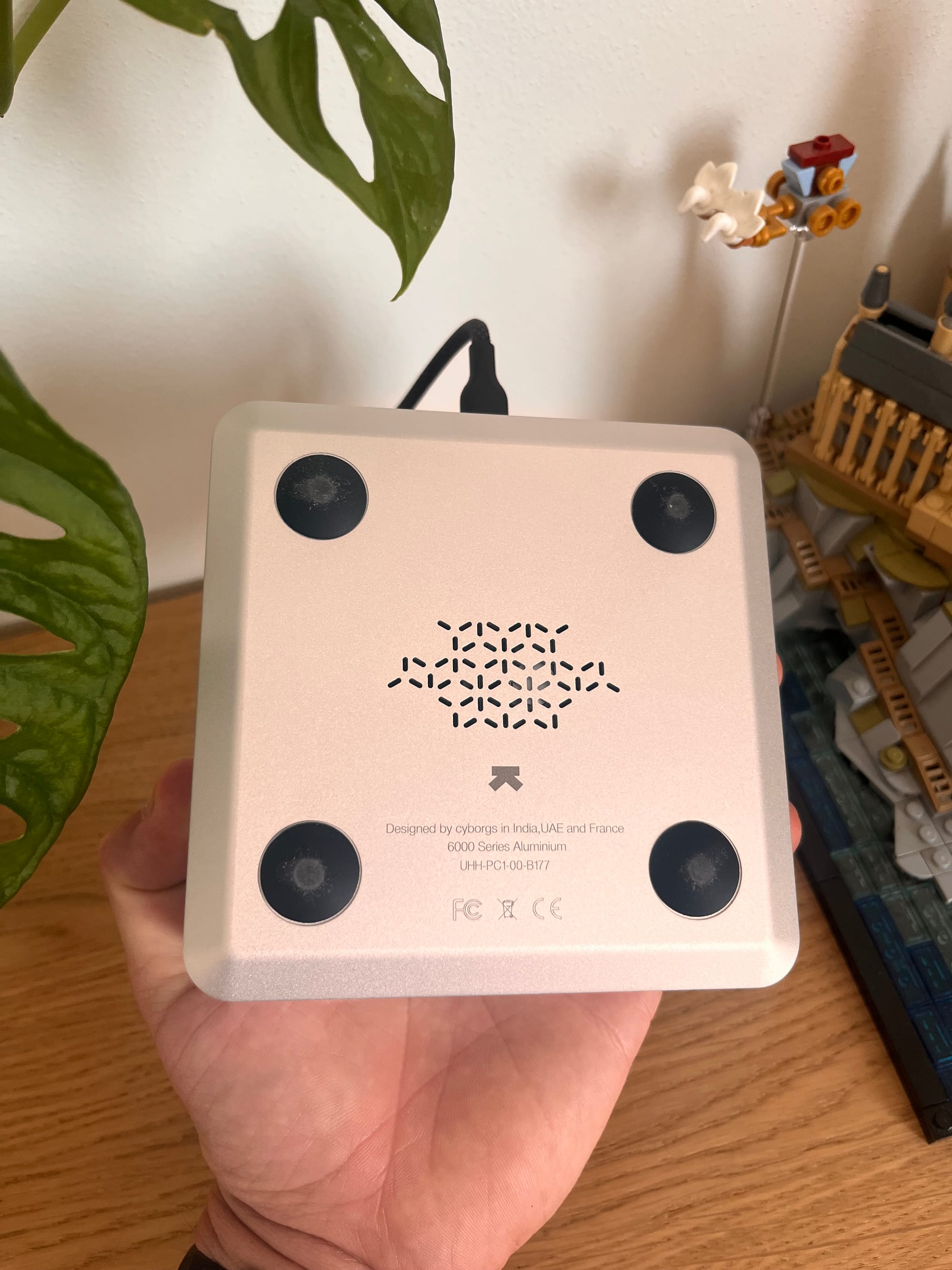
Ultrahuman Home is a rather sleek little box that fits nicely on a dresser or bedside table.
Other notable features include:
- 🔌 Powered via USB-C, not battery-operated, with power consumption under 2 W — roughly one-third that of an average Wi-Fi router.
- 🖱️ Equipped with two switches — you can disable the microphone and wireless modules (Airplane mode).
- 📶 ESD and EMF safe — meaning, first, you won’t get zapped when touching it, and second, electromagnetic emissions are very low.
Curious about the EMF levels of the Ultrahuman Home? I put it to the test:
Before diving into measurements, it’s worth briefly explaining what the components of the electromagnetic field actually mean:
• 📶 RF (Radio Frequency) – High-frequency electromagnetic fields generated by wireless communication (Wi-Fi, Bluetooth, mobile networks). Measured in µW/cm² or mW/m².
• 🔌 EF (Electric Field) – Electric fields mainly formed around power supplies, adapters, and cables. Measured in volts per meter (V/m).
• 🧲 MF (Magnetic Field) – Magnetic fields created near transformers, power sources, or larger appliances. Measured in microteslas (µT) or milligauss (mG).
Using the GQ EMF-390 meter, the Ultrahuman Home recorded the following values in regular operation:
• RF output: 1.59 mW/m²
• Magnetic field (MF): 0.6 mG
• Electric field (EF): 975 V/m
This confirms very low wireless radiation (RF) and a safe level of magnetic field (MF). The higher EF value is typical for devices powered from the mains. I wanted to test mainly because most of the time, the Home is placed just next to my brain in the bedroom
- 🧪 The quality and sensitivity of the sensors are quite hard to validate against a reference device, but I’ve explored them through the insights mentioned earlier and my own use cases.
- 💣 The device is supposed to last a “decade” — but what that looks like in reality remains to be seen.
Ultrahuman Ring AIR is currently available at a discount for a limited time.
📱 Software – The Ultrahuman App
The Home device has its own dedicated tab in the footer of the Ultrahuman app.

Ultrahuman continues here with its well-established 0–100 scoring method (also used for sleep, activity, CGM, etc.). This means the app also rates the overall quality of the environment where the Home device is placed.
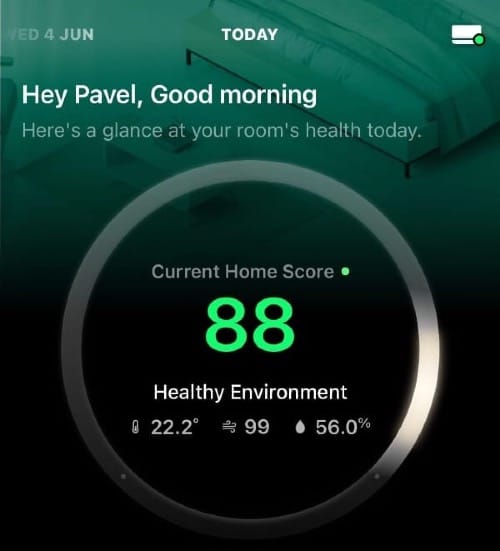
Just below the score are the key contributing metrics it’s based on: CO₂, PM2.5, temperature, and noise. You can view a graph of these values for the selected day (and swipe between days just like in the Ring or CGM tabs).
In clear alignment with the types of sensors, the bottom section of the Home tab organizes the data into the following categories:
- Air Quality – includes HCHO, CO, CO₂, PM1.0, PM10, PM2.5, and VOC
- Environmental Comfort – with metrics for temperature, humidity, and noise
- Light Exposure – red, green, blue, and IR
- UV Exposure – UVA, UVB, and UVC
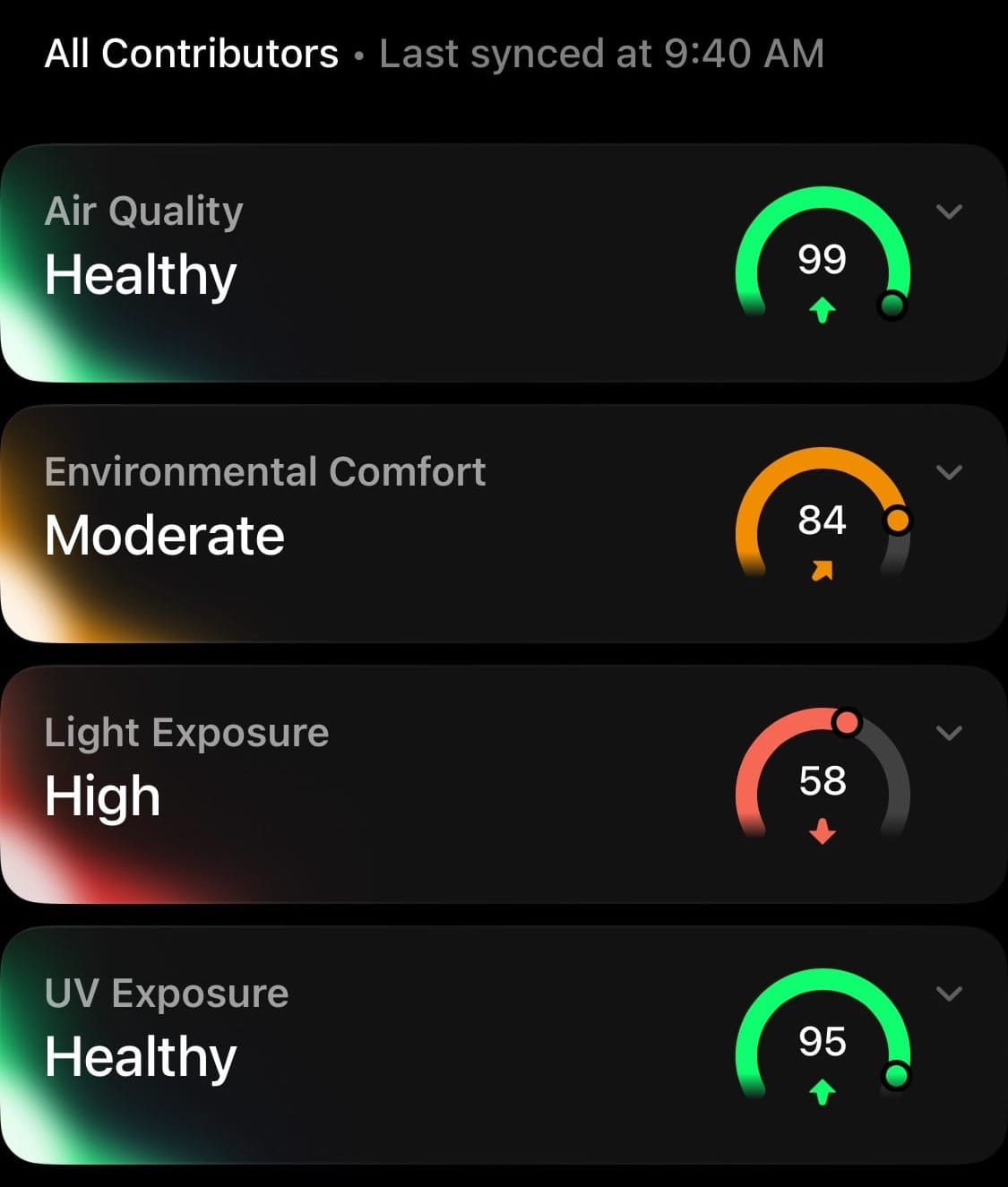
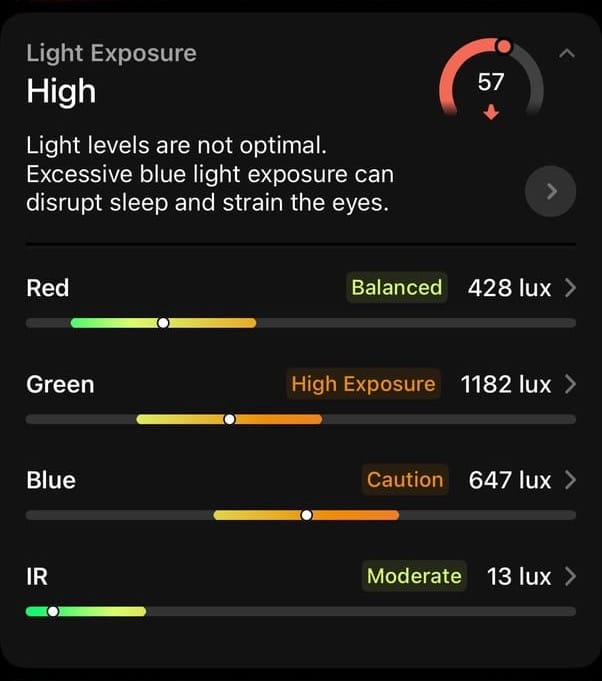
Each metric displays the latest (synced) value in its respective measurement unit, along with a status rating like Moderate, Caution, Critical, Elevated, Optimal, Safe, and so on.
📝 Insights and My Experience
Enough theory—let’s dive into some real-world findings from my testing.
💨 CO₂ Tuning
I’ve taught my wife many things in the bedroom—one of them being to leave the window slightly open all night. But once our newborn arrived and the morning temperatures dropped, we started closing the window at night. That led to a rapid spike in CO₂ levels while we slept.
This entire use case, in the context of what science says, is illustrated in this post:
Beyond just fine-tuning our home ventilation system based on data from the Home—which, to be fair, any decent CO₂ sensor could help with—I once received this particular notification:

This is exactly the kind of cross-data correlation I’ve been hoping for from the 💍 & 🏠 combo—a clear link between ring data (amount of deep sleep) and Home metrics (high CO₂ levels).
🟢 The LED
One of the less pleasant surprises after activating the Home was an annoyingly persistent glowing LED. Having been “inoculated” by Hynek Medřický’s light science (and his bulbs), I’m highly sensitive to these kinds of lights.
I’ve reported similar issues with other devices (Dreem, Frenz Headband, etc.), but Ultrahuman was the first to respond positively—and with a quick fix.
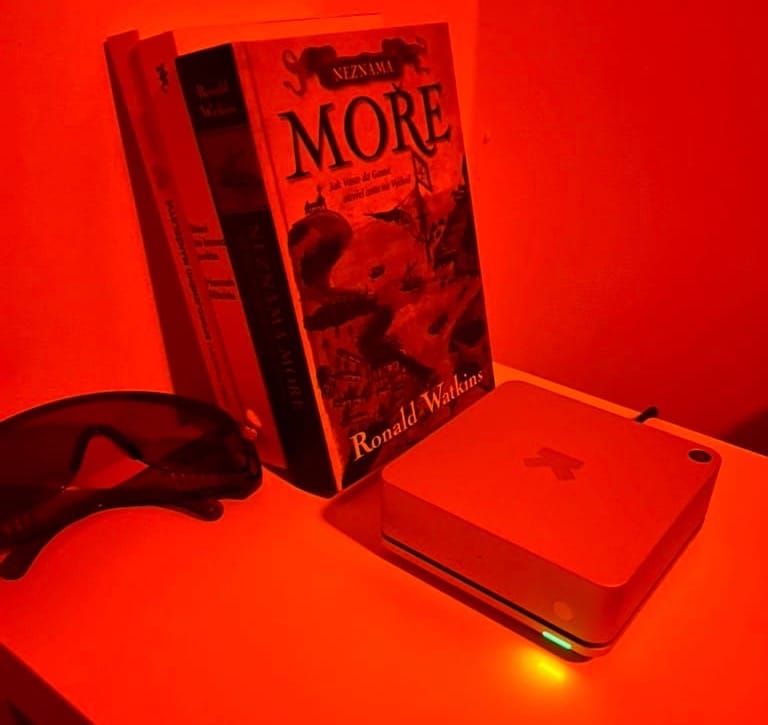
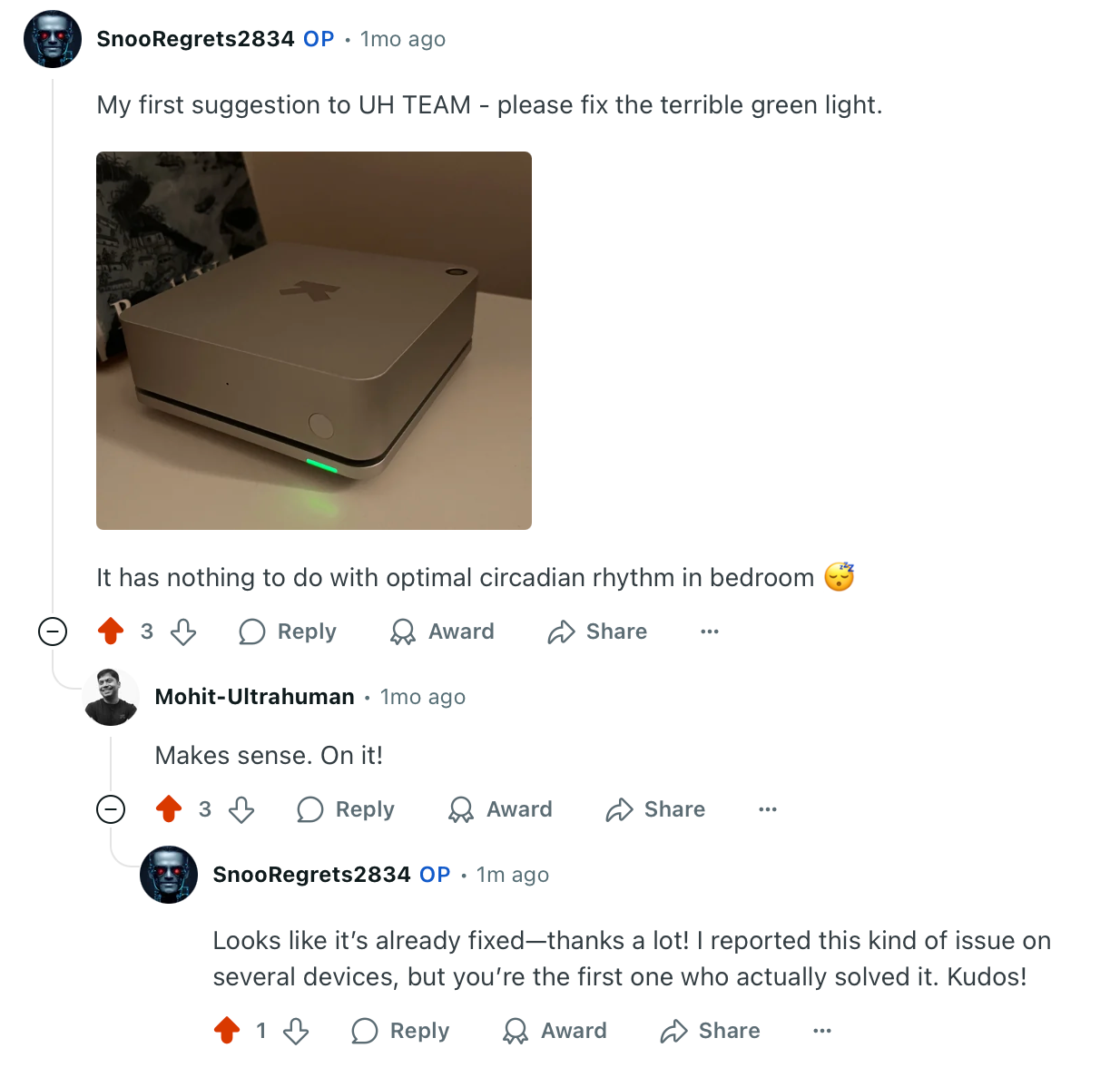
🧑🤝🧑 Device Sharing
My wife is also experimenting with the Ultrahuman smart ring, so I was curious whether she could receive notifications from UH Home as well. Since she’s currently on maternity leave and often in the bedroom with our newborn, the environmental insights are actually more relevant for her.
Her app paired with UH Home just like mine, so sharing the device across multiple phones is no problem at all.
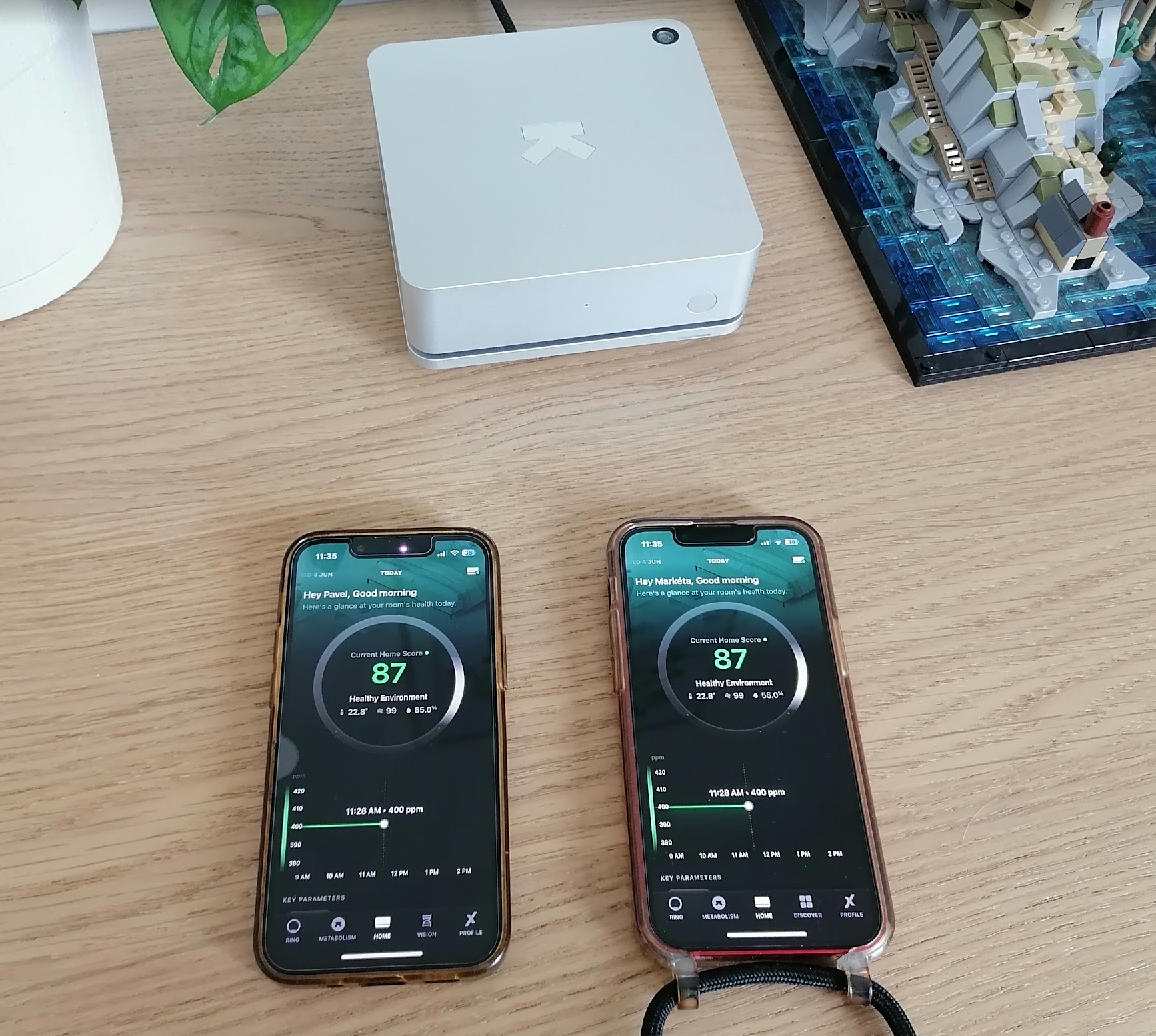
UH Home supports Bluetooth communication, but it’s used solely for initial setup—such as connecting the device to Wi-Fi. After that, all data is transmitted via Wi-Fi, so I can monitor the home environment even when I’m away.
🔔 Notifications
The Ultrahuman app sends a lot of notifications. While ring-related alerts can be customized, that’s not yet possible for Home.
Most of the notifications I received were about noise, particulate matter, VOC levels, and daily summaries.
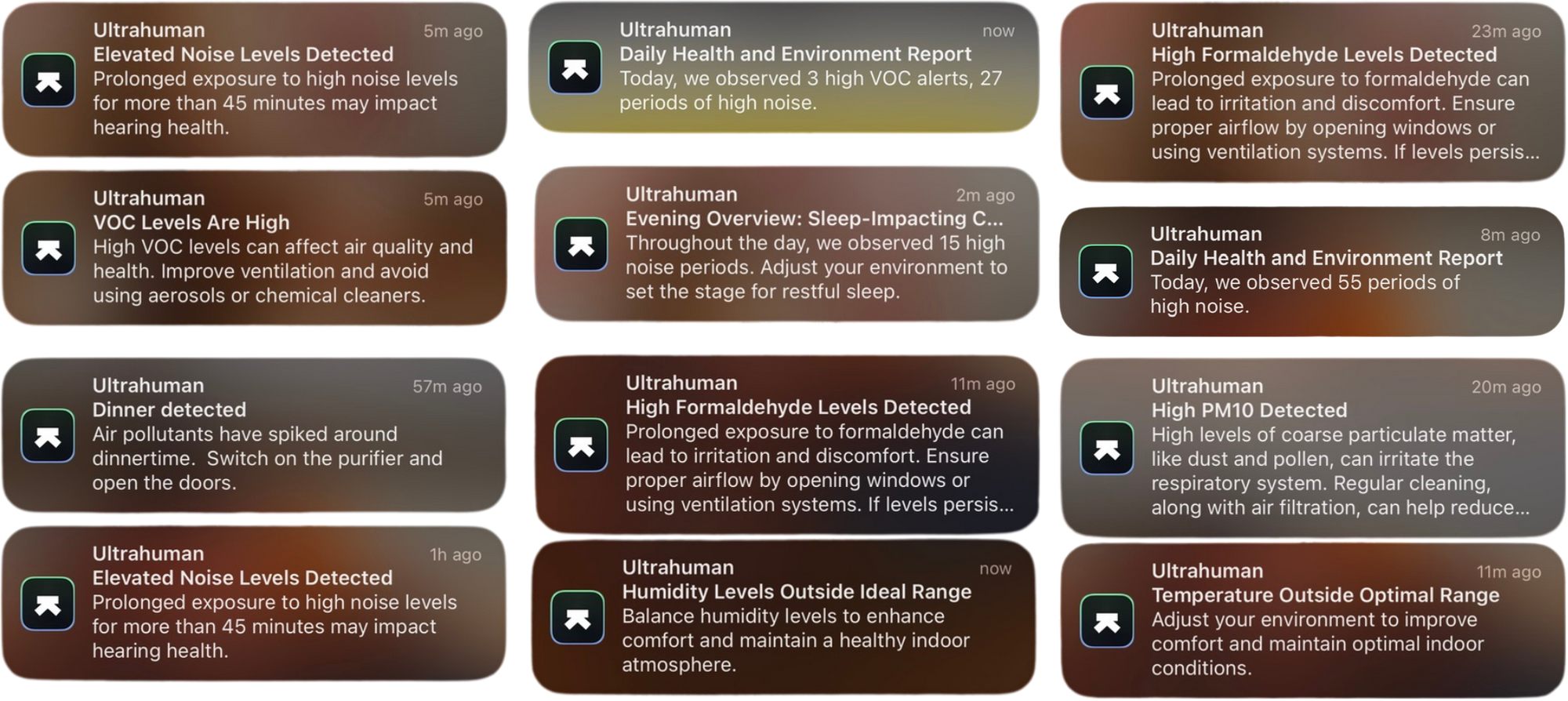
One unfortunate aspect is that once you tap on a notification, the original message content is lost.
🔊 Noise
The majority of notifications I received were related to noise. I live near an airport and have small kids, so I’d really appreciate the ability to customize the “acceptable” noise level.
I thought I could get around this by switching off the microphone using the hardware toggle—but UH Home kept collecting noise data anyway.
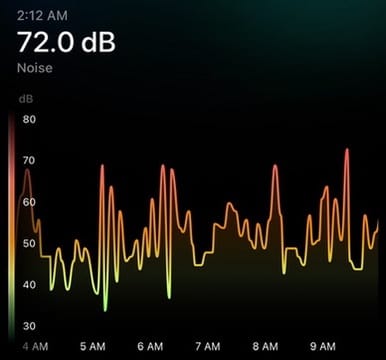
🧑🍳 Cooking
Even though I keep the Home device upstairs in the bedroom, it reliably picks up on cooking activity—especially frying—mainly through elevated PM2.5 readings.

A similar spike was even followed by a notification later on:

🔋 No Backup Battery
If there’s a power outage—which happened twice during my testing—you obviously lose data. Just a note: There's no backup power, so during an outage, tracking stops completely.
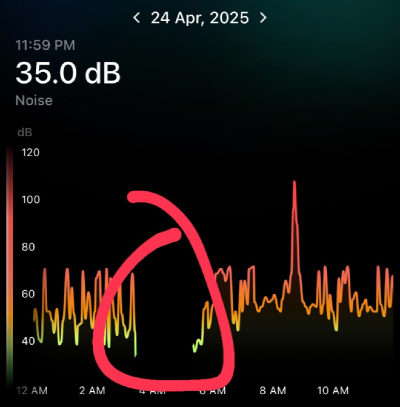
💡 Light
I’d say we’ve got our lighting setup pretty well sorted at home—maximizing natural and white light during the day, and dimming with red hues in the evening.
I tested the Home’s light sensitivity by pointing my Garmin Fenix 8’s flashlight at it — and the Home responded accordingly in the summary:
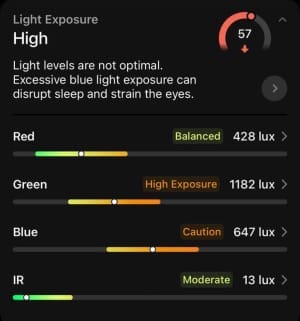
What I’m Missing Right Now
To be completely honest, I’m missing the one core feature that was promised during the campaign—UltraSync. UltraSync is the name of the underlying technology that identifies correlations and visualizes data between the AIR ring and the Home device.
This is how Ultrahuman illustrated the technology in their promotional materials:
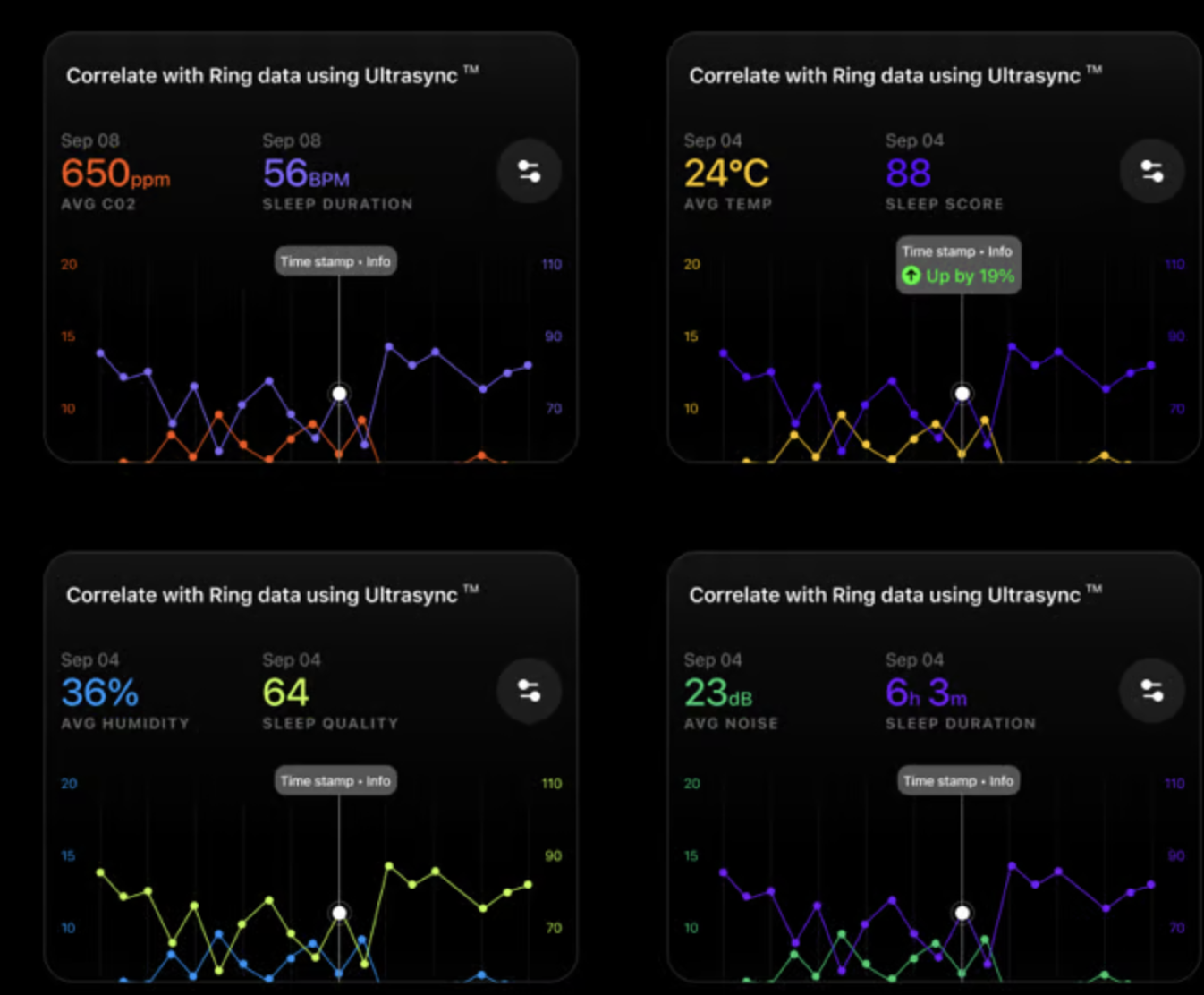
UltraSync is still in development and is expected to roll out sometime between late June and early July 2025. Once it launches, I’ll publish a follow-up to this review.
I appreciate that Ultrahuman is building its own ecosystem, but right now I’m also missing integration with other systems like Apple Home, Google Home, and so on. Additionally, I’d love a broader overview of the data—currently, you can only view environmental quality on a day-by-day basis, but it would be great to zoom out and get some high-level insights.
🧾 Final Thoughts
Ultrahuman Home is more than just a stylish little box with a few sensors. It’s an ambitious attempt to create a meaningful home extension for your wearable—especially if you’re already using the Ultrahuman Air ring.
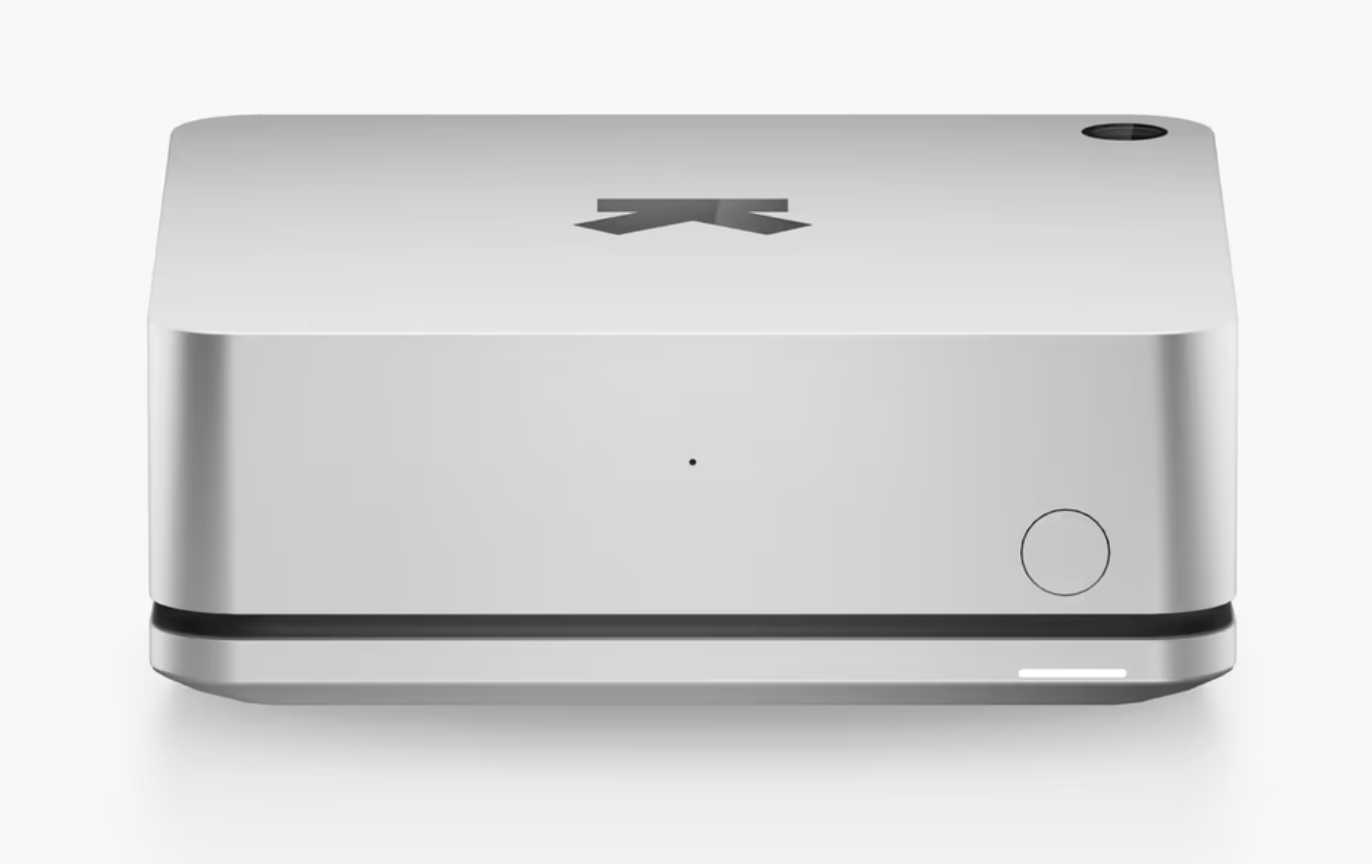
Ultrahuman Home
Smart home monitoring within the Ultrahuman ecosystem for $549.
Without UltraSync and broader connectivity, I have to knock off one star.
By using my referral link, you’ll be supporting the operation of this site 🙏
In my testing, the Home scored points for:
- comprehensive environmental monitoring,
- the ability to share it across multiple devices — with the theoretical option to place multiple units in different rooms,
- and the effort to create real synergy between the wearable and the environment.
🔥 I also really appreciate that Ultrahuman responded quickly to feedback (like the glowing LED), rather than going with the usual “we’ll consider it in the future” corporate line.
On the flip side…
Without integrations and active UltraSync, it’s still just a smart—but isolated—multi-sensor. The potential is huge, but key features are either missing or still in development.
If you’re looking for a device that tells you when it’s stuffy, noisy, smelly, or too bright at home, the Home does a great job. But if you’re expecting deep integration and that wow-factor from the Air + Home combo, you’ll need to wait a little longer.




